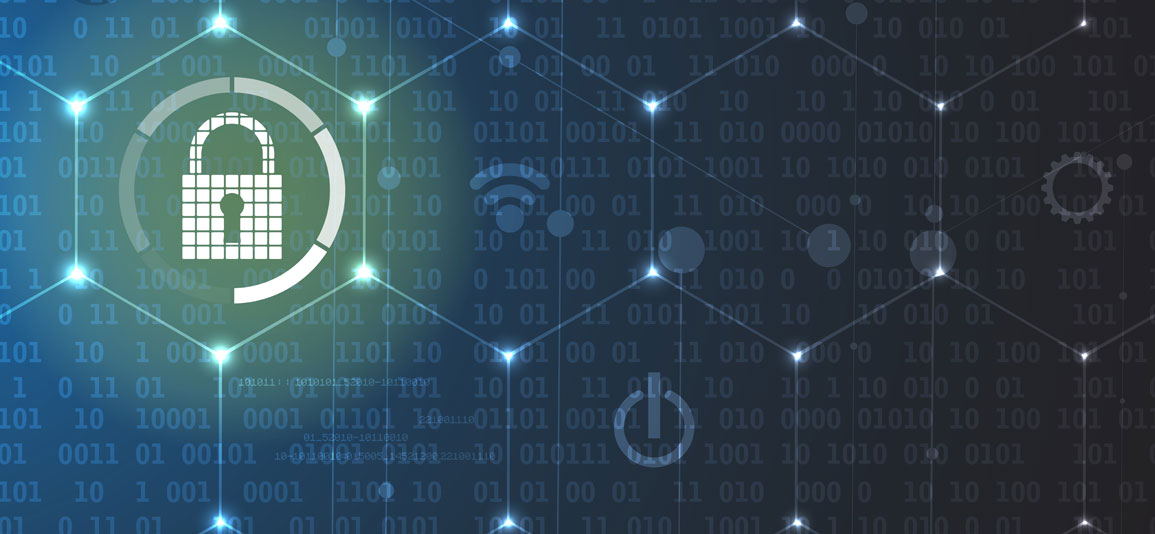Introduction
In today’s constantly evolving threat landscape, preventing every cyber incident is virtually impossible. While strong defenses remain vital, organizations must also cultivate cyber resilience—the ability not only to withstand attacks, but to respond swiftly, recover fully, and learn for the future. In this post, we’ll explore how to build cyber resilience by moving beyond pure prevention toward rapid response and robust recovery.
1. Understanding Cyber Resilience
Cyber resilience is a holistic approach that treats cybersecurity as an ongoing cycle rather than a static fortress. It encompasses three phases:
-
Prepare & Prevent: Establish defenses to reduce the likelihood and impact of incidents.
-
Respond & Contain: Activate capabilities to detect, analyze, and mitigate attacks in real time.
-
Recover & Learn: Restore operations and integrate lessons learned to strengthen future readiness.
By balancing these stages, organizations maintain operational continuity—even when breaches occur—and minimize downtime, reputational damage, and financial loss.
2. Layered Preparation: Foundation of Resilience
A resilience strategy starts long before an incident:
-
Comprehensive Risk Assessment
Inventory critical assets, data flows, and dependencies (e.g., third-party services, cloud platforms). Prioritize them by business impact to focus defenses and response planning. -
Business Continuity & Disaster Recovery (BC/DR) Plans
Develop playbooks that define Recovery Time Objectives (RTOs) and Recovery Point Objectives (RPOs) for each system. Ensure backups are immutable, geographically redundant, and regularly tested. -
Security Architecture Reviews
Leverage segmentation, micro-segmentation, and immutable infrastructure patterns (e.g., containers, infrastructure-as-code) to contain compromise and simplify rebuilds. -
Resilience Drills & Tabletop Exercises
Simulate ransomware, insider threats, or denial-of-service scenarios—including remote teams and external partners—to stress-test processes and communication channels.
3. Detection & Rapid Response
When prevention fails, speed is everything:
-
Centralized Visibility
Aggregate logs and telemetry from endpoints, networks, cloud workloads, and user activities into a Security Information and Event Management (SIEM) or Extended Detection and Response (XDR) platform. -
Advanced Analytics & Threat Hunting
Deploy behavioral analytics, machine learning, and threat-intelligence feeds to spot subtle anomalies. Maintain a dedicated threat-hunting team to proactively search for undetected intrusions. -
Clear Incident Response (IR) Playbooks
For each major scenario—malware outbreak, data exfiltration, supply-chain compromise—document roles, escalation paths, communications templates, and technical procedures (e.g., how to isolate a host, rotate keys, or revoke certificates). -
Automated Orchestration
Use Security Orchestration, Automation and Response (SOAR) tools to triage alerts, enrich context (user info, device posture, threat indicators), and execute containment actions (quarantining endpoints, blocking malicious IPs) at machine speed.
4. Accelerating Recovery
Fast, reliable recovery limits business disruption:
-
Immutable Backups & “Clean” Images
Maintain up-to-date golden images of critical servers and endpoints. After cleanup, rebuild compromised machines from known-good images to eliminate hidden malware. -
Disaster Recovery as Code
Keep BC/DR runbooks in version control alongside infrastructure definitions. Automate environment provisioning so that failover to secondary sites or cloud tenants happens with minimal manual intervention. -
Data Integrity Checks
Regularly validate backup integrity and perform restore drills. For databases, use checksums or database-native replication tools to confirm data consistency. -
Communication & Stakeholder Coordination
Predefine internal and external messaging—legal, PR, regulatory—to reduce confusion and reassure customers, partners, and regulators throughout the recovery timeline.
5. Embedding Continuous Improvement
Each incident is an opportunity to strengthen resilience:
-
Post-Incident Reviews
Conduct “blameless post-mortems” that assess what went well, what failed, and how playbooks or tooling should evolve. -
Metrics & Reporting
Track key performance indicators such as Mean Time to Detect (MTTD), Mean Time to Contain (MTTC), and Mean Time to Recover (MTTR). Review trends quarterly to measure progress. -
Adaptive Training
Update staff training based on real incidents and threat-hunting findings. Practice new scenarios—like supply-chain attacks or zero-day exploits—so teams can respond effectively. -
Vendor & Supply-Chain Management
Require resilience proofs from critical suppliers: evidence of their own IR plans, red-team results, and independent audits or certifications (e.g., ISO 27001, SOC 2).
Conclusion
In an age where the volume and sophistication of cyber threats continually escalate, resilience is not optional—it’s mission-critical. By weaving together strong prevention, swift detection and response, automated recovery, and a culture of continuous learning, organizations can not only survive breaches but emerge stronger. Remember: the goal isn’t perfect security—it’s unstoppable resilience.
“Cyber resilience is not about if you’ll be attacked—it’s about how quickly you can bounce back.”
Ready to strengthen your organization’s cyber resilience? Start by mapping your critical assets, testing your incident response, and automating your recovery pipelines today.
